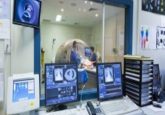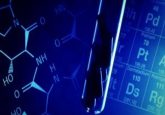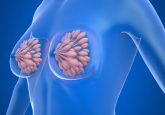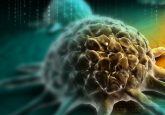Changes in zinc isotopes a novel breast cancer biomarker?

Changes in zinc isotope composition could provide a novel biomarker for breast cancer diagnosis.
Research led by Oxford University (UK) scientists has indicated that high-precision isotopic analysis could provide a way of detecting cancer biomarkers. High-precision isotopic analysis is normally used in the analyses of trace metal isotopes when studying climate change and planetary formation. The initial findings were published online recently in the journal Metallomics.
In this pilot study, zinc in the blood and serum of ten individuals (five breast cancer patients and five healthy controls) along with a range of breast tissue samples from breast cancer patients was analyzed. The researchers found significantly lighter isotopic compositions of zinc in the breast tumors compared with those in the blood, serum and healthy breast tissue in both groups.
It is believed that the change in isotopic composition of zinc could be due, in part, to sulfur-rich metallothionein dominating the isotopic selectivity of a breast tissue cell, rather than zinc-specific proteins. The idea that metallothionein dominates the isotopic selectivity of breast tissue was supported by a similar signature observed in copper isotopic compositions of one of the breast cancer patients.
“It has been known for over a decade that breast cancer tissues contain high concentrations of zinc but the exact molecular mechanisms that might cause this have remained a mystery,” stated Fiona Larner of Oxford University, who led the research. “Our work shows that techniques commonly used in earth sciences can help us to understand not only how zinc is used by tumor cells but also how breast cancer can lead to changes in zinc in an individual’s blood – holding out the promise of an easily detectable biomarker of early breast cancer.”
As well as potentially providing a novel biomarker and the potential for developing a diagnostic test for early detection of the disease, it is hoped that understanding how cancers alter trace metals could lead to new treatments. Larner commented: “Understanding how different cancers alter different trace metals within the body could enable us to develop both new diagnostic tools and new treatments that could lead to a ‘two-pronged’ attack on many cancers. Further research is already underway to see what changes in other metals may be caused by other cancers.”
Sources: Larner F, Woodley NL, Shousha S et al. Zinc isotopic compositions of breast cancer tissue. Metallomics. DOI: 10.1039/C4MT00260A (2015) (Epub ahead of print); University of Oxford press release
Also featured on www.bioanalysis-zone.com





